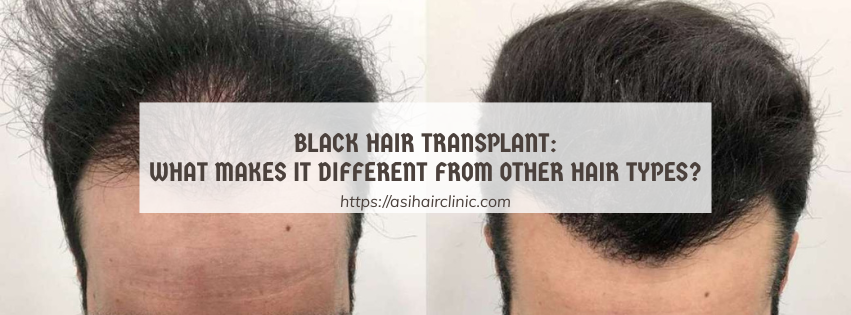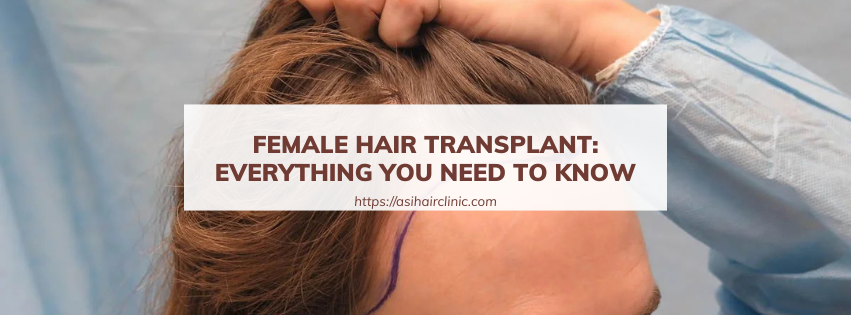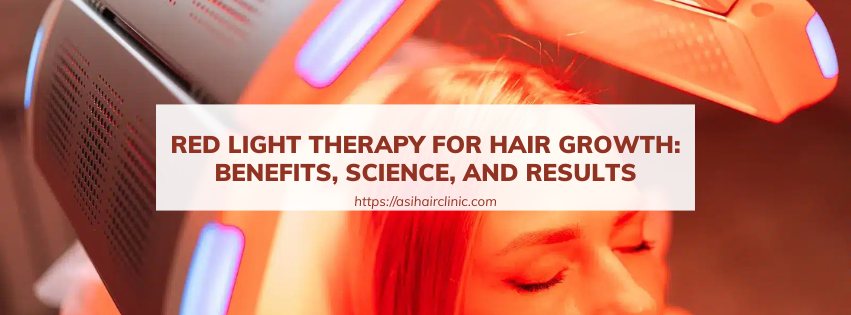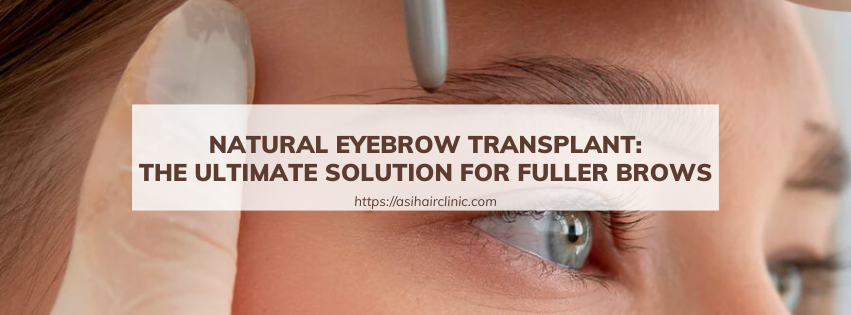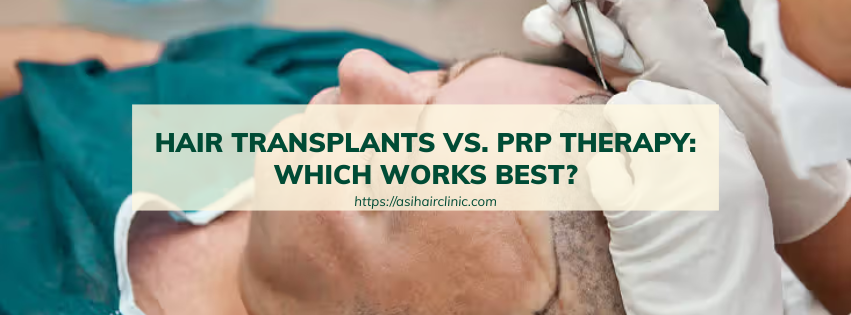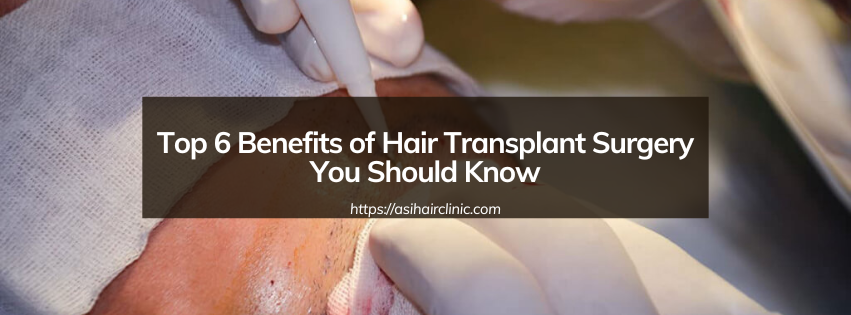The Definitive Guide to Eyebrow Transplants
Eyebrows play a pivotal role in framing the face, accentuating individual features, and enhancing overall facial aesthetics. For countless individuals grappling with sparse, thin, or missing eyebrows due to genetics, over-plucking, medical conditions like alopecia, or trauma, eyebrow transplants offer a lasting solution. This guide delves into the intricacies of eyebrow transplants, exploring everything from the procedure itself to recovery, maintenance, and potential risks associated with this transformative cosmetic surgery. Whether you are considering an eyebrow transplant for yourself or simply wish to learn more about the process, this thorough exploration will provide invaluable insights.
1. Understanding Eyebrow Transplants: An Overview
Eyebrow transplants are a specialized form of hair restoration surgery designed to enhance the appearance of the eyebrows by transferring hair follicles from a donor site-often the back of the scalp-to the desired eyebrow region. The significance of the eyebrow transplant procedure lies not just in restoring physical appearance but also in revitalizing self-esteem and confidence among those affected.
The fundamentals of eyebrow transplants encompass surgical techniques, artistic planning, and careful execution, ensuring that the final result is as natural and aesthetically pleasing as possible. The following sections will explore the candidates for this procedure, the steps involved, and the benefits of choosing eyebrow transplants over other enhancement methods.
Who Can Benefit from Eyebrow Transplants?
It’s essential to consider who is most suitable for an eyebrow transplant. The procedure has gained popularity among various demographics, and understanding who can benefit the most is vital for making informed decisions.
Sparse Eyebrows: Sparse eyebrows can detract significantly from facial symmetry and beauty. Over time, factors such as genetics, excessive tweezing, or hormonal changes can lead to inadequate eyebrow hair. Eyebrow transplants offer a viable solution for individuals looking to achieve fuller, more defined brows.
Missing Eyebrows: Complete or partial absence of eyebrows can stem from various causes, including trauma, burns, surgical procedures, or even severe medical conditions. For individuals faced with these challenges, eyebrow transplants can be transformative.
Uneven Eyebrows: Asymmetry can be frustrating for many, especially when it comes to facial features that influence attraction and personal perception. Uneven eyebrow growth can arise from numerous factors, including uneven plucking or inherent genetic traits.
Thinning Eyebrows with Age: Aging is an inevitable process that affects various aspects of physical appearance, including the eyebrows. Just as hair on the scalp may thin out, so too can eyebrow hair. This gradual change can be disheartening, especially for those who value their youthful looks.
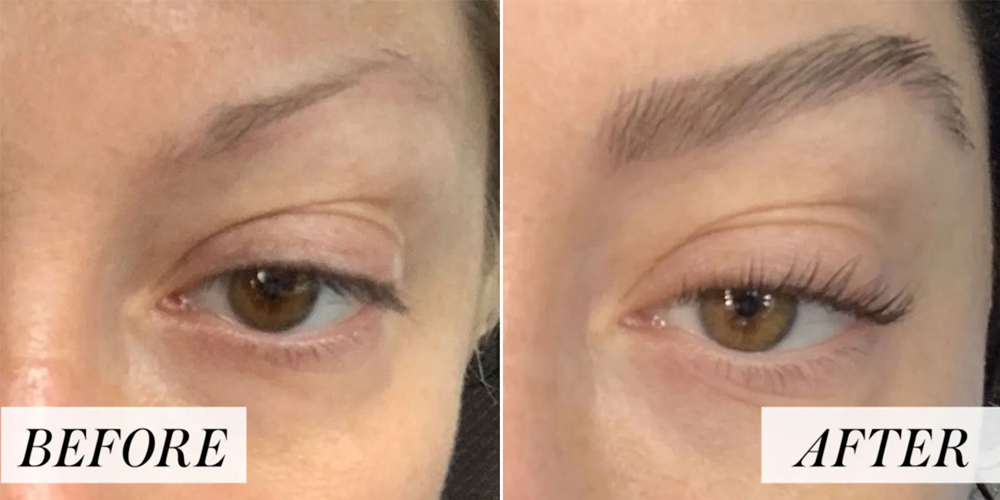
2. The Eyebrow Transplant Procedure: A Step-by-Step Guide
Understanding the steps involved in the eyebrow transplant procedure is crucial for anyone considering this journey. The process is meticulous and requires precision, attention to detail, and artistry.
2.1. Initial Consultation
The first step in the eyebrow transplant process involves a comprehensive consultation with a qualified hair transplant surgeon. During this meeting, patients discuss their concerns, desired outcomes, and medical histories while setting realistic expectations.
Goals and Expectations
Articulating specific goals concerning brow shape, density, and overall look during the consultation is vital. Surgeons often utilize digital simulations to help patients visualize potential outcomes, which can ease anxiety and build trust.
Additionally, patients should openly discuss medical conditions and any medications they are taking, as these factors influence the suitability of the transplant procedure. It is also an opportunity to ask questions about the technique, recovery, and any common fears, such as scarring or pain.
Donor Area Assessment
Once the initial consultation establishes mutual understanding and agreement, the surgeon proceeds to evaluate the donor area where hair will be harvested. Typically located at the back of the scalp, this area should be dense with healthy hair follicles.
Surgeons take great care when selecting the donor site, as it determines the success of the grafting process. The ideal donor area minimizes visible scarring and ensures that the transplanted hairs integrate seamlessly into the eyebrow region without drawing unwanted attention.
2.2. Hair Extraction Techniques
After assessing the donor site, the next phase involves the extraction of hair follicles. Two primary techniques are employed during this step: Follicular Unit Extraction (FUE) and Follicular Unit Transplantation (FUT).
Follicular Unit Extraction (FUE)
FUE is a minimally invasive technique involving the extraction of individual hair follicles using a small punch-like tool. The surgeon carefully removes follicles one at a time, leaving tiny dots on the scalp that usually heal quickly and become inconspicuous.
Patients appreciate FUE for its reduced recovery time and minimal scarring, making it an attractive option for those concerned about the aesthetic consequences of the procedure. Additionally, FUE allows for greater customization in hair placement since it provides flexibility in selecting the most suitable follicles for the eyebrow region.
Follicular Unit Transplantation (FUT)
FUT, also known as strip harvesting, involves removing a strip of skin containing hair follicles from the donor area. The strip is then dissected into smaller follicular units before being implanted in the eyebrow region.
While FUT can yield a higher number of grafts in a single session, it leaves a linear scar at the donor site. Surgeons will weigh the pros and cons of both techniques with their patients to determine which method aligns best with their goals.
2.3. Preparation and Implantation
Following successful extraction, the harvested hair follicles undergo extensive preparation before implantation.
Cleaning and Preparing Grafts
The extracted hair follicles require careful cleaning to remove excess tissue and preserve their vitality. Each follicle is nurtured as it awaits transplant, emphasizing the importance of meticulousness during this stage.
The surgeon also considers the angle and direction of hair growth when preparing grafts, ensuring the implanted hairs mimic natural brow growth patterns. This thoughtful approach influences the overall outcome, as naturalness is paramount in creating beautifully defined eyebrows.
Implantation Process
With the grafts prepared, the surgeon creates tiny incisions in the eyebrow area to host the hair follicles. The positioning of these incisions is critical, as precise placement ensures aesthetic harmony and alignment with surrounding facial features.
During this delicate phase, the surgeon's artistry shines, as they apply knowledge of facial structure and beauty standards to achieve the desired aesthetic. Each graft is inserted meticulously, and patients are often amazed at how a skilled hand can transform their brows into a work of art.

3. The Advantages of Choosing Eyebrow Transplants
Opting for an eyebrow transplant offers numerous benefits beyond immediate aesthetic improvement. Understanding these advantages can empower individuals to make informed decisions regarding their appearance.
3.1. Natural-Looking Results
One of the most significant benefits of eyebrow transplants lies in their ability to produce exceptionally natural-looking results. Unlike temporary solutions such as makeup or tattooing, transplanted hair grows and behaves like natural hair.
Experienced surgeons meticulously plan graft placement and angles to replicate the natural growth of eyebrows. This consideration includes the arch, thickness, and overall shape, allowing individuals to achieve personalized results that align with their unique facial attributes.
Many patients express joy upon seeing their completed eyebrows, noting that the transformation feels organic and harmonious rather than artificially manufactured. Eyebrow transplants provide the dual benefit of visual enhancement while preserving authenticity, a combination that resonates deeply with individuals seeking long-term solutions.
3.2. Permanent Solution
Another appealing aspect of eyebrow transplants is their permanence. Unlike makeup, microblading, or other temporary methods requiring ongoing maintenance and touch-ups, eyebrow transplants yield lifelong results.
Although the upfront cost of an eyebrow transplant can be higher than alternative methods, the long-term benefits justify the investment. By eliminating the need for continual products, patients find themselves saving both time and money over the years.
Moreover, the emotional return on investment is invaluable. Eyebrow transplants empower individuals with the confidence to face the world without the burden of concealing deficiencies, enabling them to embrace their true selves fully.
3.3. Boosted Confidence
Fuller, well-defined eyebrows profoundly impact a person's self-esteem and overall disposition. The power of physical appearance in influencing mental well-being cannot be overstated; many patients report feeling rejuvenated and more attractive following their eyebrow transplant.
This newfound confidence often extends beyond personal feelings. Individuals may notice increased social engagement and opportunities, stemming from enhanced self-assurance. When one feels good about their appearance, it naturally reflects in their interactions with others, fostering positive relationships and experiences.
Eyebrow transplants convey a compelling narrative of transformation-one where individuals reclaim control over their image and identity, cultivating an authentic connection between internal and external perceptions.
4. Considering Potential Risks and Complications
While eyebrow transplants boast numerous advantages, it’s important to approach the procedure with a clear understanding of potential risks and complications. Knowledge empowers patients to make informed choices and prepares them for possible challenges.
4.1. Scarring
Scarring is an inherent risk associated with any surgical procedure, including eyebrow transplants. However, modern techniques aim to minimize scarring to an absolute minimum.
The skill and experience of the surgeon play a pivotal role in reducing visible scars. By strategically selecting donor areas and employing advanced surgical methods, skilled professionals can achieve excellent results with minimal evidence of the procedure.
Patients worried about potential scarring should engage in open conversations with their surgeon, discussing techniques and preventive measures employed to enhance recovery.
4.2. Infection
Like any surgery, eyebrow transplants carry a remote risk of infection. Fortunately, adherence to post-operative care guidelines effectively mitigates this risk.
Surgeons typically provide detailed instructions regarding wound care, medication use, and hygiene practices post-surgery. Following these guidelines diligently is crucial in maintaining optimal healing conditions and limiting infection chances.
Furthermore, attending follow-up appointments allows the surgeon to monitor progress, identify early signs of complications, and intervene if necessary, enhancing overall safety throughout the process.
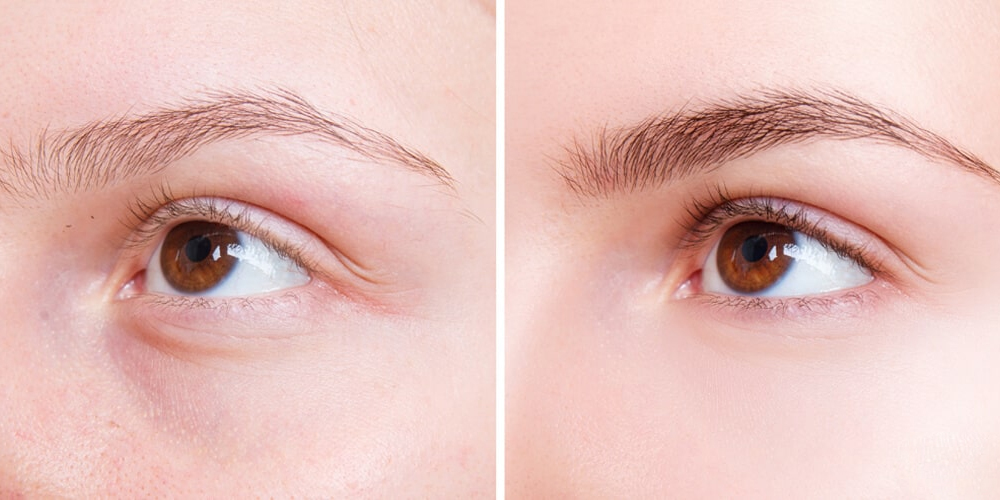
5. Recovery and Healing Post Eyebrow Transplants
An essential aspect of the eyebrow transplant journey is understanding the recovery and healing process. With appropriate care, patients can enjoy the results of their procedure while minimizing discomfort and potential complications.
5.1. Initial Healing Phase
In the days following the transplant, patients will likely experience swelling, redness, and mild tenderness in the eyebrow region. These reactions are normal and typically subside within a few days.
To ease discomfort, patients may be prescribed medication or advised on over-the-counter options. Adhering to post-operative care instructions, such as applying cool compresses and avoiding strenuous activities, will facilitate a smoother healing process.
5.2. Hair Shedding
A common occurrence post-transplant is hair shedding within a couple of weeks. This shedding, although alarming to some patients, is a normal component of the healing process known as "shock loss."
After shedding, new hair growth begins to emerge around four to six months following the procedure. Patience is crucial during this time, as the journey toward fuller eyebrows can be slow but ultimately rewarding.
Patients are encouraged to maintain regular communication with their surgeon during this phase to track progress and receive support concerning any concerns or uncertainties that may arise.
5.3. Long-Term Maintenance and Follow-Up
After the initial healing has taken place, ongoing maintenance becomes paramount in sustaining the results of the eyebrow transplant.
Regular Check-Ups: Scheduling follow-up appointments allows surgeons to assess the healing process, monitor hair growth, and address any emerging issues. These check-ups serve as an opportunity for continued guidance, ensuring that patients remain aligned with their aesthetic goals.
Lifestyle Considerations: Maintaining a healthy lifestyle, including balanced nutrition and hydration, can positively impact hair growth and overall recovery. Avoiding smoking and excessive alcohol consumption are equally crucial, as these habits can adversely affect hair health.
Conclusion
Eyebrow transplants represent a transformative solution for individuals seeking to restore or enhance their eyebrow appearance. By understanding the nuances of the procedure-from candidacy criteria and surgical steps to potential risks and long-term maintenance-individuals can approach the choice with confidence. When executed correctly, eyebrow transplants deliver stunningly natural and permanent improvements that enhance facial beauty and boost self-confidence.
LATEST POSTS

